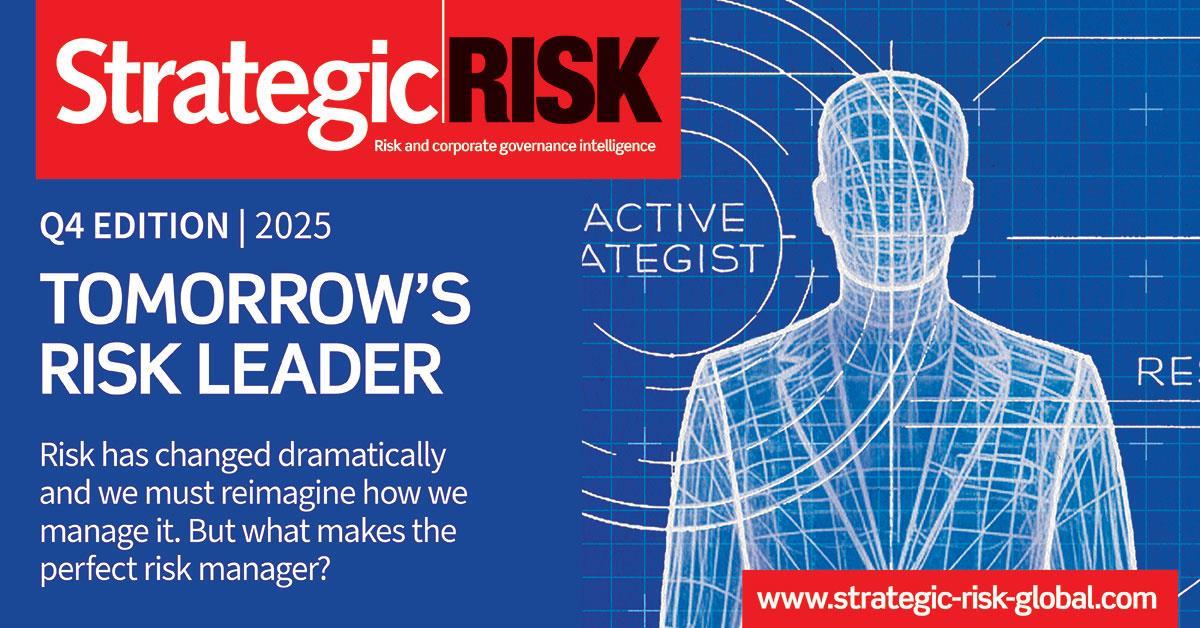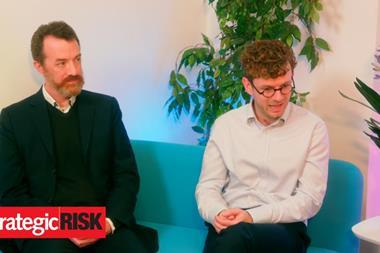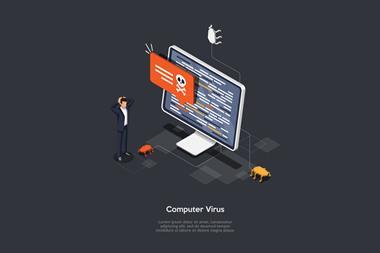Global businesses are sitting on a hidden productivity problem, as traditional approaches to people risk fail to see the bigger picture. It’s time for a reset, with business strategy at its core, says Howden’s Ian Bagnall.

Absenteeism, burnout, presenteeism, disengagement: the human issues affecting business performance are well-known. But what’s often overlooked is how poorly most organisations are set up to manage these risks strategically, or commercially.
In the current climate of economic pressure and workforce strain, that’s a costly oversight. For Ian Bagnall, people risk director at Howden, the case for change is clear.

“Too many organisations are being reactive, patching over symptoms instead of solving the root problem,” he says. “People risk is entirely manageable, and the tools to do it already exist. What’s missing is strategic coordination. Once you align your risk, HR and benefits strategies, you can start delivering real cost savings and productivity gains.”
HIDDEN COSTS, OBVIOUS FIXES
One of the clearest examples is insurance duplication. Many businesses hold policies for income protection, private medical cover and employers’ liability, but manage them in separate silos.
“These are often set up without consideration for how they overlap or impact each other across HR and risk. If someone gets injured at work, you may have two policies funding rehab – one through HR, one through general insurance,” says Bagnall.
“They might be managed by di erent brokers, reported in different places, and overseen by different people. That lack of coordination drives unnecessary cost and complexity. Fixing it doesn’t need a new policy, just better alignment.”
He gives the example of a manufacturing client in Australia, which worked with Howden to build a fully integrated people risk framework.
Over 12 months, the business saw a 22% increase in productivity and a 40–60% reduction in high-risk psychosocial incidents. By aligning its policies, data and case management practices, the company avoided duplicated effort and ensured staff were better supported to recover and return.
RISK UNDER THE RADAR
Many of the most expensive people risks don’t appear on traditional dashboards. Claims data shows incidents, but not the causes behind them. Financial reports show sick pay, but not the burnout driving it. HR tracks absence, but doesn’t always connect it to risk exposure.
This is where a joined-up people risk framework can offer real insight. By bringing together insurance claims, well-being indicators, and operational data, risk managers can start to identify where the value is leaking, and why.
“When you surface those patterns, you can guide smarter investment,” says Bagnall. “You might find your safety programme is working, but your leadership training isn’t. Or that your absence management process is excellent, but no one’s coordinating rehab across policies. With that data, you can act decisively.”
Another client, a global hotel chain, provides a useful case in point. After a spike in workplace injury claims in Asia, the company conducted a crossfunctional data review. By focusing on root causes and adjusting local safety protocols, they saw a marked reduction in incident frequency and severity, directly reducing claims costs.
Bagnall says: “Across the UK, Denmark and the Netherlands, there has been a notable 28% increase in absence costs alongside double-digit premium inflation in some healthcare policies – clearly demonstrating why this cannot simply be ignored.”
Even where people risk is appearing on corporate risk registers, for instance in sectors with exposure to regulatory, reputational or operational disruption, in many cases, the insured benefit programmes that could mitigate those risks aren’t visible to the risk function at all.
REFRAME THE RISK
This disconnect is a missed opportunity. At a time when boards are demanding better risk insight and sharper cost control, people risk offers both – if it can be communicated strategically.
“Once you reframe people risk as a board-level issue, you unlock a different conversation,” Bagnall explains. “It’s no longer about HR spend. It’s about protecting productivity, maintaining business continuity, and showing how you’re using your insurance programmes and benefits portfolio to absorb shocks and create resilience.”
Howden’s work with a large broadcasting and entertainment organisation demonstrates the potential. By bringing together people risk reporting across the group, they were able to deliver a consolidated picture of workforce exposure and resilience. For the first time, risk leaders could see trends that had previously remained within HR or benefits data, enabling smarter planning and stronger governance.
Sector examples reinforce this shift. In the construction industry, a client implemented a risk-led training and inspection regime, cutting injuries by 30% and significantly reducing liability claims. In retail, another aligned its cyber and people risk agendas to improve employee awareness and incident response, reducing customer data exposure and insurance costs.
Of course, people risk doesn’t look the same everywhere. Different industries face different exposure and legislation, compulsion shapes how employers respond and even multinational companies don’t adopt the same best practice in every market.
RETURN-TO-WORK IS THE PRESSURE POINT
If there’s one area where global businesses need a reset, it’s workforce participation. Record numbers of employees are off long-term sick, and many never return. That represents a huge economic drag, but also a solvable problem. “Employers are already investing in income protection, occupational health, private medical insurance and rehab,” says Bagnall.
“But very few are joining the dots. With a strategic approach, we can help people recover sooner, reduce the burden on public health, and cut costs at the same time.”
Effective return-to-work strategies are a growing priority for Howden’s clients across Europe and Asia- Pacific. Whether it’s a mid-sized manufacturer looking to reduce short-term absences, or a large corporate navigating stress-related claims, the key is integrated support.
Line managers, HR, risk and insurers must collaborate to ensure recovery is smooth, timely and financially sustainable.
A BRIGHTER FUTURE
Every organisation is under pressure to cut costs, but people risk is one area where smarter management can deliver savings and improve outcomes. That means moving away from disconnected policies, patchwork support, and reactive claims handling. It also means giving risk leaders the tools, and the mandate, to view people risk holistically.
That starts with shared data between HR and risk, coordinated programme design, and a willingness to challenge legacy systems. “This isn’t about adding spend,” Bagnall concludes.
“It’s about getting more out of what you already do. If you can reduce claims, speed up return to work processes, and protect productivity, that’s not just a well-being win. It’s a resilience strategy.













